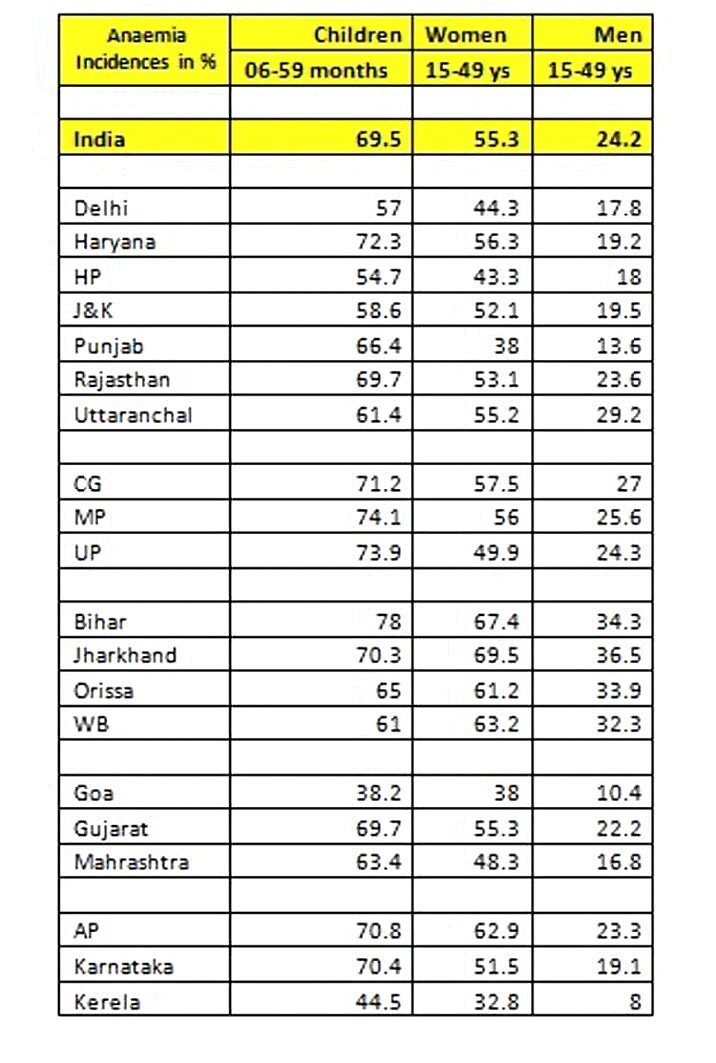
views
With one in every four people being affected by anaemia, iron deficiency is the most prevalent nutritional disorder in the world. Like zinc, magnesium, and potassium, iron is a nutrient our body absolutely requires. It keeps blood cells strong enough to carry life-giving oxygen.
However, with increasing food prices, poor options and ill-informed lifestyle choices, a large chunk of India's population is staring at widespread Iron Deficiency Anaemia (IDA). Contrary to urban beliefs, it is not a problem restricted to a certain socio-economic strata.
Alarming Statistics
Anaemia is a global public health problem affecting both developing and developed countries with major consequences for health and economic development. It occurs at all stages of the life cycle, though it is more prevalent in pregnant women and young children.

Where are we going wrong?
Low intake of natural iron is an important factor in the development of iron deficiency. So many of us are guilty of choosing the convenience of processed foods over natural foods.
Every time we pick up a samosa instead of an equally-filling bowl of nuts, we are less likely to receive the full spectrum of nutrients needed to stay healthy. Instead of buying a carbonated drink or sugar-filled cup of tea, combine vegetarian sources of iron with vitamin C. Team up a salad with lemon juice, fortified cereal with berries or a whole wheat sandwich with orange juice.
Legumes, grains, nuts & seeds and vegetables are some of the best plant sources of iron. These also contain other vitamins and minerals that make iron digestion and absorption more complete. For e.g., eating food rich in Vitamin C increases iron absorption in the body, while coffee is known to inhibit its assimilation.
The solution
Food fortification and dietary diversification are important sustainable strategies for preventing iron deficiency. A few quick fixes, or superfoods, available are listed below. Most of these items are cheap and easily available.
• Iron-fortified salt
• Lean meat
• Steamed spinach
• Beetroot
• Tomatoes
• Pomegranate
• Soy beans
• Nuts
• Apple and Dates
If you were surprised to see salt as one of the options, here's why it is one of the most cost effective options. Salt is an ideal vehicle for micronutrient fortification as a sustainable strategy. Double Fortified Salt (iron + iodine fortification) is increasingly being looked as an effective vehicle to prevent iodine and iron deficiency worldwide. One of India's most iconic brands, Tata, is now offering the same with its new product, Tata Salt Plus.
As it can be used in daily cooking, it can be given to children with minimal chance of over consumption. While vegetables and fruits provide 15-20% of your iron requirements, double fortified salt can take care of the rest. It provides 50% of your daily Iron requirement.
This is a sponsored post for creating brand awareness.



















Comments
0 comment